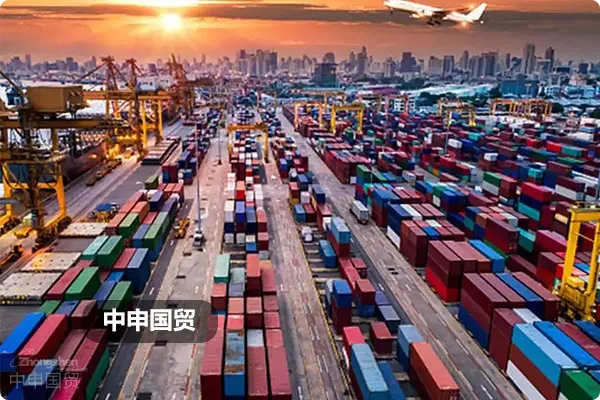- Shanghai Zhongshen International Trade Co., Ltd. - Two decades of trade agency expertise.
- Service Hotline: 139 1787 2118

Contents
TogglePhotonEquipment ImportsEvolution of Market Landscape
The global photonic device market size is projected to exceed $380 billion by 2025, with China's import share rising to 27%. As emerging products like quantum communication components and LiDAR modules enter the market, import-oriented enterprises face three core challenges:
- The definition of technical parameters is ambiguous.: There is controversy over the classification of equipment with optical wavelengths in the range of 780-2500nm.
- Certification time pressure is mounting.: The EU CE certification cycle has been extended to 14-18 weeks.
- Tariff structure adjustments: The import tariff on semiconductor lasers has been reduced from 8% to 5% (HS 854140).
Key Changes in the 2025 Admission Policy
This year's policy adjustments primarily focus on two dimensions: product testing and customs clearance procedures.
- Upgrade of testing standards
- The U.S. FDA has added three new photoradiation safety tests.
- The EU RoHS Directive has been extended to cover 12 categories of photosensitive materials.
- Digitalization of customs clearance documents
- It is recommended to verify through the following methods:The electronic verification coverage rate for books has increased to 92%.
- Laser products must submit the original Radiation Safety Certificate (RSC).
The agency selects a three-dimensional evaluation system.
ProfessionalImport RepresentationInstitutions should possess the following core competency matrix:
- Qualification Compliance Layer
- Electromechanical productsimport and exportRight (valid until 2027)
- AEO (Authorized Economic Operator) Advanced Certification qualification from customs
- Foreign Exchange Management Category B or Above Filing
- Industry Experience Layer
- Processed the import of a single batch of photonic equipment with a value exceeding $5 million.
- Familiar with regional certification systems such as Germany's TüV and Japan's VCCI.
- Risk Control Safeguard Layer
- Provide full transportation insurance (including war risk clauses).
- Establish a risk reserve fund of over $2 million.
Five-Step Clearance Optimization for Operational Processes
- Technical parameter confirmation stage
Obtain 23 core parameters such as optical power and wavelength range of the equipment 6 weeks in advance. It is recommended to use the Pre-classification Service (PCS) to avoid customs clearance delays.
- Document preparation stage
Please note that photon devices exported to the EU must be accompanied by a notarized copy of the Declaration of Conformity (DOC).
- Precision instruments require constant temperature and humidity containers (temperature error ±2℃)
For precision optical components, it is recommended to use a constant temperature and humidity container (temperature 15-25°C / humidity 30-50%).
- On-site inspection response
Prepare equipment schematics and technical manuals to address customs classification inquiries.
- Subsequent regulatory connection
Establish an import equipment usage ledger to facilitate subsequent customs inspections.
Analysis of Typical Dispute Resolution Cases
A technology company encountered classification disputes over imported fiber optic amplifiers:
- Dispute focus: Does the equipment fall under "optical communication equipment" (HS 851770)?
- Solutions: The agency provided IEEE technical standard documents and successfully secured a 5% tariff rate.
- Benefit comparison: Saved $380,000 in tariff expenses and reduced customs clearance time by 11 working days.
According to the implementation rules of the Trade Facilitation Agreement effective in 2025:
According to the latest industry trends in 2025, it is recommended that import enterprises focus on:
- Accelerated Technological Iteration: The import volume of quantum light source devices increased by 120% year-on-year.
- Supply chain reconstruction:Southeast Asia emerges as the second supply source for optical components (accounting for 19%).
Selecting agencies with technical tracking capabilities and establishing a dynamic compliance management mechanism will be key for enterprises to seize the opportunities in importing photonic equipment.
Related Recommendations
? 2025. All Rights Reserved. Shanghai ICP No. 2023007705-2  PSB Record: Shanghai No.31011502009912
PSB Record: Shanghai No.31011502009912










